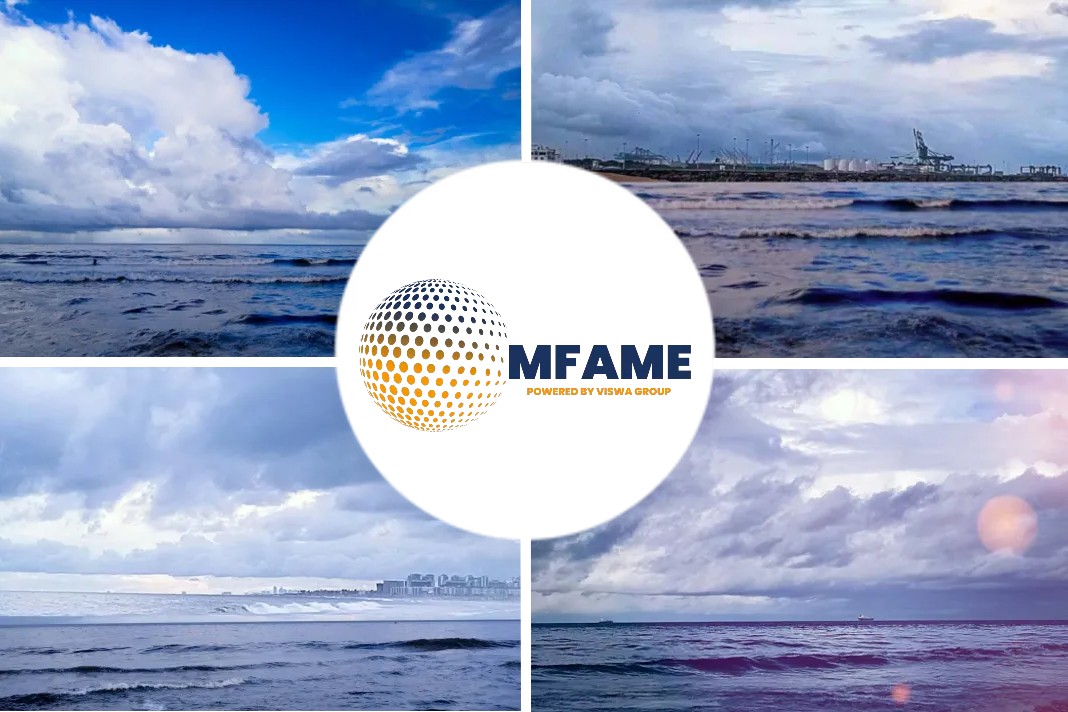
Asia is preparing to see more Russian oil products flowing into the region following the EU ban that came into effect Feb. 5, while the supply squeeze in the West will create ample opportunities for Asian refiners to cater to those requirements and reap lofty margins.
However, shipping costs and logistics will pose challenges as long-haul product shipments in relatively small tankers all the way from Asia to destinations in regions such as Europe may not be viable commercial options unless the arbitrage window is wide enough, analysts and trade sources told S&P Global Commodity Insights.
Products ban and Price cap
“With the products ban and the price cap in place now, Russian oil product flows will get directed to friendly Asia and could travel longer towards South America and Africa,” said a top corporate leader attending India Energy Week with experience in handling Russian crude and products.
The G7 announced Feb. 3 that it will impose price caps of $100/b on imports of Russian products that typically trade at a premium to crude, such as diesel, kerosene and gasoline, and $45/b on products like fuel oil that generally trade at a discount to crude.
“The EU products ban will increase Russian refined product outflows to Asia. But the supply gap in the West will create price incentive to pull barrels from the East of Suez region,” said Wang Zhuwei, S&P Global Commodity Insights’ Asia oil analytics manager.
“New VLCCs coming out of shipyards can carry clean products, underpinning two-way trade — that is Asian diesel to Europe and backhaul Russian diesel to Asia,” he added.
China and India
Europe has traditionally relied heavily on Russia for distillates, with the region importing an average of 750,000 b/d of diesel from Russia in 2021, according to data from S&P Global. Some analysts expect that only a part of those displaced Russian product cargoes would get diverted to Asia.
“There will be a lot of longer voyages. Russian products will need to find home in Asia, South America and potentially Africa whereas Asian and Mideast products, primarily Middle distillates, will need an attractive arb to get pulled into Europe. This impacts not only spot premiums but also product freight due to reduced availability,” said Tushar Tarun Bansal, senior principal at Munich-based management consultancy Consistency GmbH.
A Beijing-based trader said China’s oil product exports to Europe would depend on the arbitrage window, including shipping and insurance costs, on top of the country’s export policy.
“The potential price cap on Russian oil product sounds high. At $100/b, it almost equals to having no cap. Moreover, the level allows traders to cover the costs to disguise the Russian barrels into non-Russian barrels in Turkey or Middle East,” a Singapore-based product trader said.
While it is very unlikely Chinese oil companies will absorb Russian oil products to supply in the domestic market, exporting domestically produced barrels would depend on how Beijing regulates exports with limited quotas.
“In India, it won’t be a surprise to see the country’s refiners increasing diesel exports to Europe as they put more emphasis on diesel production to take advantage of high margins and increased demand from the US and Europe,” said Sumit Ritolia, senior South Asia oil analyst at S&P Global.
Minimal interest from East Asia
East Asia barely purchases oil products from Russia and the region’s reliance on Russia-origin industrial and transportation fuels will likely remain extremely low even after the EU ban and price cap.
In South Korea, the country’s major refiners and petrochemical makers indicated that they have little, if not zero, interest in importing oil products from Russia in 2023.
“Broadly speaking, South Korean refining and petrochemical companies believe it’s probably best to simply avoid all legal, price and logistics complications by completely cutting off purchases of all petroleum products from Russia post Feb. 5,” a feedstock manager at Lotte Chemical said.
South Korea imported 16 million barrels of oil products, mostly naphtha, from Russia in 2022, making up just 4% of 367 million barrels of total fuel imports in the year, data from state-run Korea National Oil Corp. showed.
South Korea’s petrochemical sector may have taken some naphtha cargoes from Russia in the past, but the volume was so small that the industry can easily find replacement suppliers or other options such as simply switching the feed to LPG, an operations manager at Hyosung Chemicals said.
Japanese refiners and petrochemical makers expressed similar sentiments, with naphtha traders based in Tokyo saying the Japanese refining and downstream sector is unlikely to import Russian naphtha regardless of the price cap levels.
Out of Japan’s total oil product imports of around 550,000 b/d in 2022, Russian products, mostly naphtha and bunker fuels, comprised only around 3%-5%, according to downstream sector product margin analysts at Mitsui and Idemitsu. Any incremental or additional naphtha requirements could be sourced from South Korea and the Middle East.
Did you subscribe to our daily Newsletter?
It’s Free! Click here to Subscribe!
Source: Platts






















